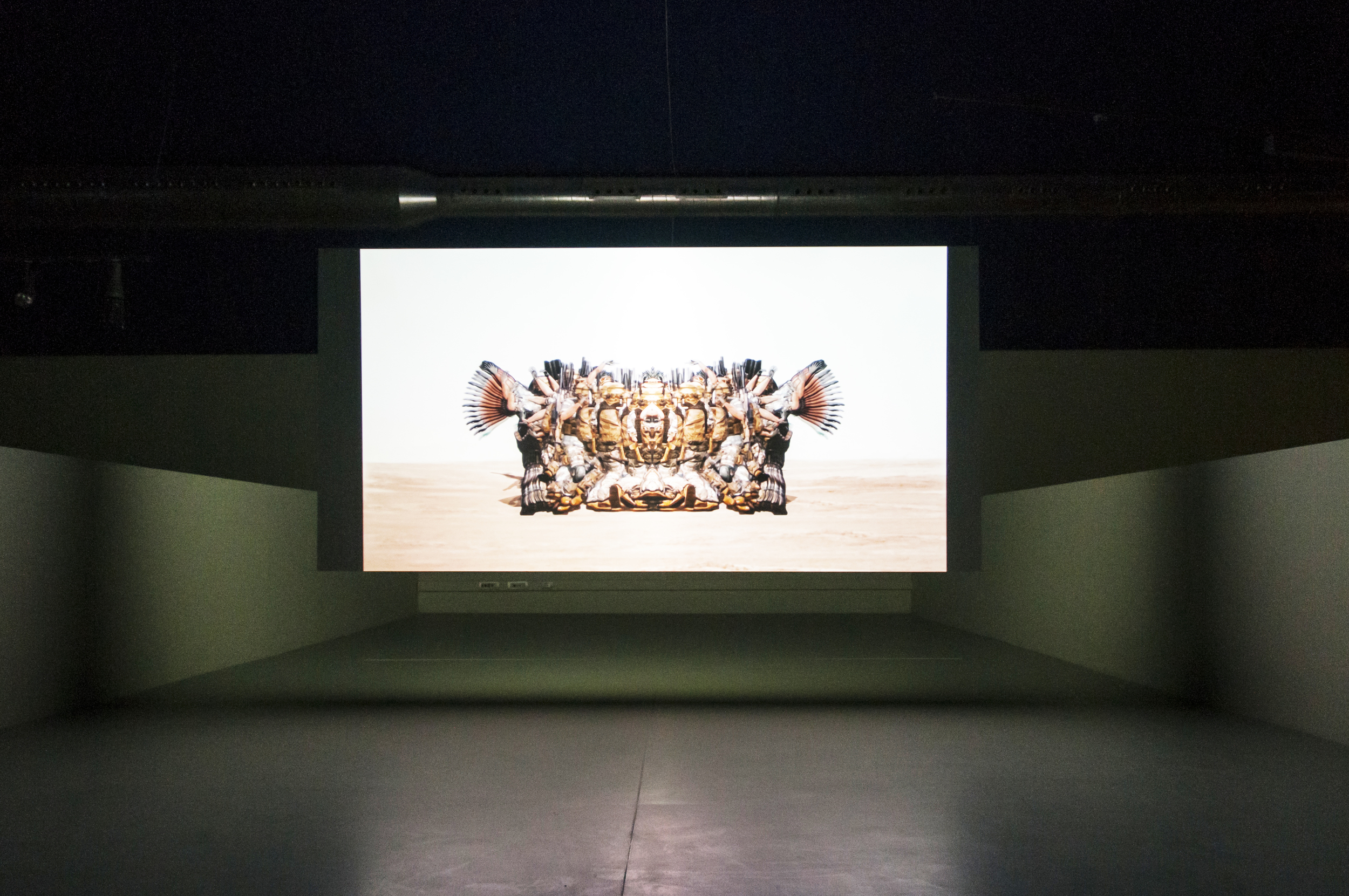Lawrence Lek, Europa, Mon Amour (2016 Brexit Edition) Real-time simulation & HD video loop.
Open Source London -- Sat 28 + Sun 29 May 2016, 2-10pm Gillett Square, Dalston, N16 -- With the UK cast out of the EU, Dalston has degenerated into a post-apocalyptic utopia. Come and explore this drowned world of the near future: filled with forgotten nightclubs, neon-lit music venues, Election booths, Turkish snooker clubs and luxury penthouses. Building upon Lek’s original commission for Open Source 2015, this site-specific simulation brings together multiple histories of the area into a single zone. As players roam around, a voiceover extracted from Alain Resnais’ Hiroshima, Mon Amour speaks to them about the nature of memory. It is a gradual, but relentless, sense of forgetting that comes with any form of urban transformation.














